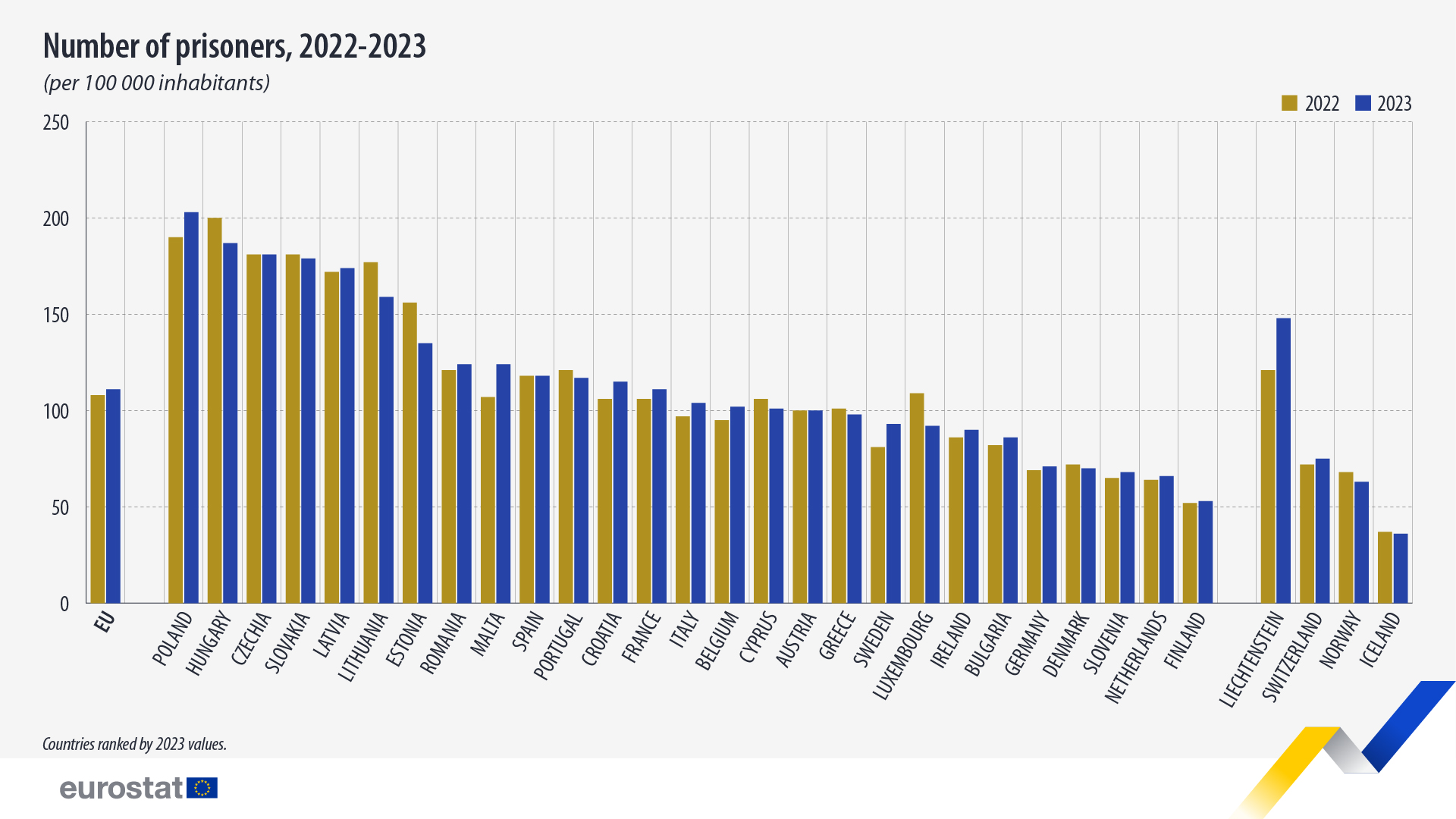Improved Financial Resilience Amid Ongoing Strains
Over the past decade, Cypriot households have significantly increased their ability to manage debts—not only bank loans but also rent and utility bills. However, recent Eurostat data indicates that Cyprus continues to lag behind the European average when it comes to covering financial obligations on time.
Household Coping Strategies and the Limits of Payment Flexibility
While many families are managing their fixed expenses with relative ease, one in three Cypriots struggles to cover unexpected costs. This delicate balancing act highlights how routine payments such as mortgage installments, rent, and utility bills are met, but precariously so, with little room for unplanned financial shocks.
Follow THE FUTURE on LinkedIn, Facebook, Instagram, X and Telegram
Breaking Down Payment Delays Across the European Union
Eurostat reports that nearly 9.2% of the EU population experienced delays with their housing loans, rent, utility bills, or installment payments in 2024. The situation is more acute among vulnerable groups: 17.2% of individuals in single-parent households with dependent children and 16.6% in households with two adults managing three or more dependents faced payment delays. In every EU nation, single-parent households exhibited higher delay rates compared to the overall population.
Cyprus in the Crosshairs: High Rates of Financial Delays
Although Cyprus recorded a notable 19.1 percentage point improvement from 2015 to 2024 in delays related to mortgages, rent, and utility bills, the island nation still ranks among the top five countries with the highest delay rates. As of 2024, 12.5% of the Cypriot population had outstanding housing loans or rent and overdue utility bills. In contrast, Greece tops the list with 42.8%, followed by Bulgaria (18.7%), Romania (15.3%), Spain (14.2%), and other EU members. Notably, 19 out of 27 EU countries reported delay rates below 10%, with Czech Republic (3.4%) and Netherlands (3.9%) leading the pack.
Selective Improvements and Emerging Concerns
Between 2015 and 2024, the overall EU population saw a 2.6 percentage point decline in payment delays. Despite this, certain countries experienced increases: Luxembourg (+3.3 percentage points), Spain (+2.5 percentage points), and Germany (+2.0 percentage points) saw a rise in payment delays, reflecting underlying economic pressures that continue to challenge financial stability.
Economic Insecurity and the Unprepared for Emergencies
Another critical indicator explored by Eurostat is the prevalence of economic insecurity—the proportion of the population unable to handle unexpected financial expenses. In 2024, 30% of the EU population reported being unable to cover unforeseen costs, a modest improvement of 1.2 percentage points from 2023 and a significant 7.4 percentage point drop compared to a decade ago. In Cyprus, while 34.8% still report difficulty handling emergencies, this marks a drastic improvement from 2015, when the figure stood at 60.5%.
A Broader EU Perspective
Importantly, no EU country in 2024 had more than half of its population facing economic insecurity—a notable improvement from 2015, when over 50% of the population in nine countries reported such challenges. These figures underscore both progress and persistent vulnerabilities within European households, urging policymakers to consider targeted measures for enhancing financial resilience.
For further insights and detailed analysis, refer to the original reports on Philenews and Housing Loans.


